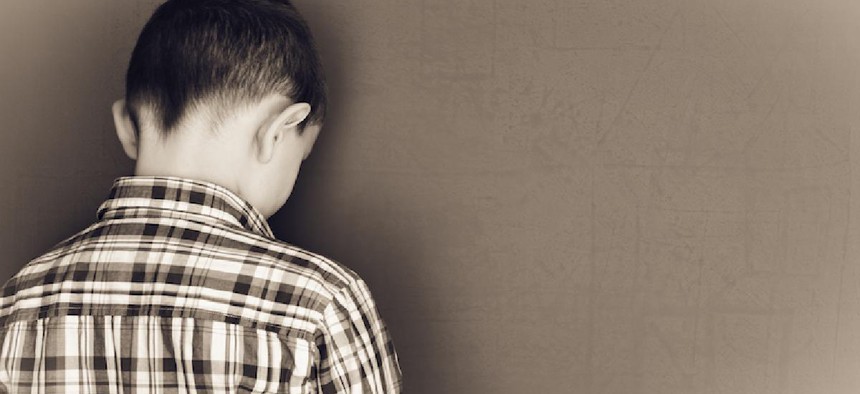New York state is finally recognizing what parents, educators and doctors have known all along: children are children. Last month, our state joined 48 others that no longer treat 16- and 17-year-olds as adults in criminal court by passing Raise the Age.
Meanwhile, in New York City, Mayor Bill de Blasio has updated school policies, including limiting the use of suspensions and expulsions on children as young as four. This paradigm shift to age-appropriate consequences better matches the cognitive abilities of students and will play an important role in stemming the school-to-prison pipeline. Yet even with these reforms, many schools still take a punitive approach. I urge the mayor to continue decriminalizing schools by calling for positive discipline practices in his upcoming school climate plan.
At many New York schools, even with the needed reforms, students still feel unwelcome. They enter school through metal detectors flanked by guards and walk into classrooms with barred windows. Schools continue to rely on strict discipline codes to punish inappropriate behavior instead of creating environments that help students address their behavior and emotions constructively.
RELATED: New York City's damaging school-to-prison pipeline
Though educators have historically been advised to “crack down” on bad behavior, a punitive approach to discipline doesn’t work in the long run, as it doesn’t address the causes of student disruption. Instead, it creates a pattern of injustice against – rather than learning opportunities for – our youth. Oftentimes, punitive consequences for misbehavior lead students to miss out on precious instructional time and the opportunity to acquire the skills needed to manage their behavior. Research also shows that suspended and expelled students are more likely than their peers to drop out of high school, earn lower grades and go to jail.
The negative consequences of punitive discipline also disproportionately impact students of color. In New York City, black and Latino students make up 68 percent of the high school population, but comprise 94 percent of student summons. We must ensure that we are not over-punishing certain students for typical adolescent behavior. Instead, we must focus on supporting them to grow in an environment where people know and care about them, and work to provide them with strategies to empower their success.
The Raise the Age policy and the city’s school climate initiative are important steps in the right direction. We must build on this progress at the school level by training teachers and administrators to adopt restorative practices. Such practices allow staff and students the space and skills to collectively engage in relationship-building through conversations, which fosters a positive school culture that nurtures children’s social and emotional learning. These discussions can focus on appropriate interventions, while also providing students with the tools to make responsible decisions and engage with their community in a healthy way.
In my current elementary school, we believe in educating students and staff to create a safe environment and foster trusting relationships. Through partnerships with Move this World and Yale’s RULER program, students learn the tools necessary to make healthy decisions while managing their emotions. A “Community Code,” written by all members of the class, governs interactions and creates an emotionally safe space. We explicitly teach strategies for self-regulation - identifying the emotion, deep breathing, and seeking help - and encourage their use. Structured opportunities for checking in are built into staff meetings and class time.
RELATED: 5 Brooklyn education influencers you need to know
When students do make mistakes, there is a school-wide approach to reflect, restore harm and move forward. For example, recently after a fight at recess, a teacher guided students through a relaxation process to de-escalate the situation. Students shared both what happened and how it affected them. The teacher and students together generated solutions that allowed the students to fix the harm they caused one another and the class. The damage to the community became the “consequence” that students wanted to avoid – rather than fear of punishment.
With adequate funding and guidance, teaching our students self-worth and civility through proactive community building will allow them to reach their full potential. Raising the age of criminal responsibility and refining the discipline code is a good start, and will make an incredible difference in our children’s futures.
But there is much more to be done.
Mayor de Blasio must seize another opportunity to advance restorative practices in his soon to be released school climate plan. In unveiling this year’s budget proposal, he claimed, “the future of the city literally will be decided by our public schools.” If that’s what he believes, he needs to take this critical action. He must provide a meaningful investment of resources for teachers to have the support and training to create schools that teach, support and uplift our youth.
Olinka Crusoe has been teaching in New York City public schools for seven years and currently serves as the English as a New Language coordinator and teacher in a Brooklyn elementary school.


